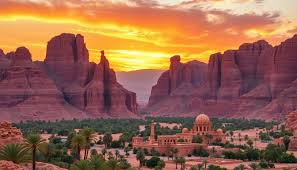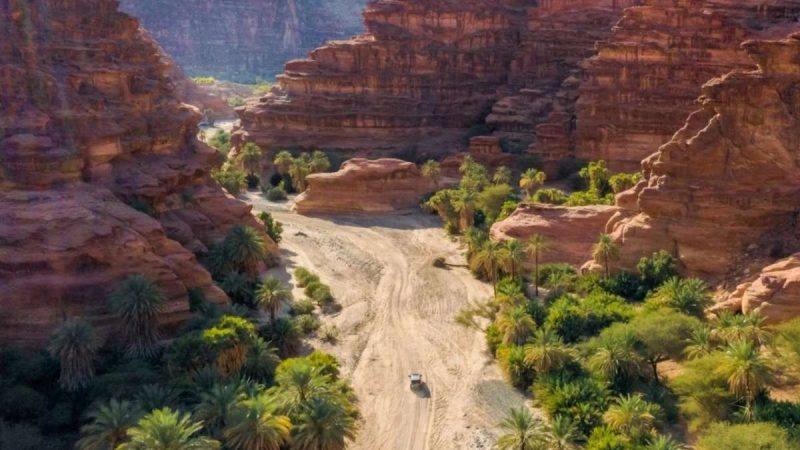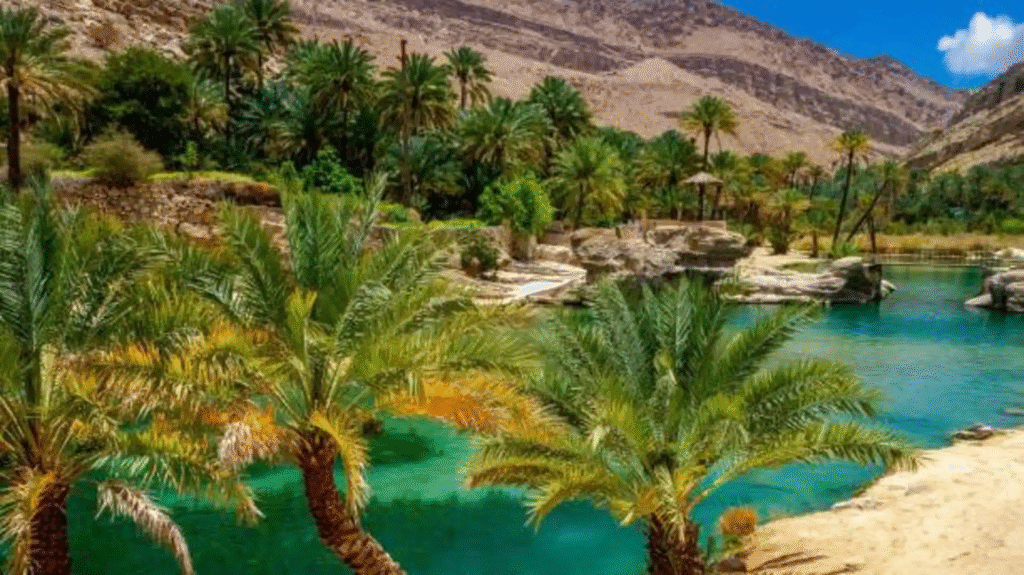
Once known for its vast deserts and golden dunes, Saudi Arabia is now making global headlines for a completely different reason — its breathtaking gardens and green spaces. The Kingdom, long associated with oil wealth and futuristic skyscrapers, is turning its focus toward nature and sustainability. Across cities like Riyadh, Jeddah, AlUla, and Abha, lush gardens, botanical parks, and green corridors are emerging, bringing a refreshing balance to the urban landscape.
Saudi Arabia Gardens are part of a broader national vision that aims to connect people with nature, improve the environment, and enhance the quality of life. What was once barren land is now blooming with greenery, reflecting the country’s commitment to sustainability and tourism development under Vision 2030.
The transformation of Saudi Arabia’s environment didn’t happen overnight. It is part of Crown Prince Mohammed bin Salman’s ambitious Vision 2030 — a national plan to diversify the economy, promote tourism, and protect the environment.
One of the most inspiring initiatives under this vision is the Saudi Green Initiative, which aims to plant over 10 billion trees across the country and create vast green belts around urban centers. The initiative is designed to combat desertification, reduce carbon emissions, and make Saudi Arabia one of the world’s most environmentally advanced nations.
From the futuristic city of NEOM to the historical region of AlUla, gardens are becoming an essential part of urban planning. Each project is designed not only for beauty but also for sustainability, using innovative irrigation systems and native plants that can thrive in arid conditions.

At the heart of this green revolution lies Riyadh, the capital city. Once known for its harsh desert climate, Riyadh is now being transformed into a “city of gardens.” The Riyadh Green Project is one of the largest urban greening programs in the world, aiming to plant 7.5 million trees and create more than 3,000 new parks and green spaces across the city.
One of the most popular attractions in the city is King Abdullah Park, a massive public garden that features landscaped lawns, walking paths, fountains, and a musical water show. Families gather here every evening to enjoy the calm, fresh atmosphere — a true symbol of Riyadh’s changing identity.
Other famous green spaces include Salam Park, Al-Wadi Park, and Wadi Hanifa, which stretches over 80 kilometers and offers stunning views of natural valleys surrounded by native plants and date palms.
These projects not only make Riyadh more beautiful but also help cool the temperature, improve air quality, and encourage outdoor lifestyles among residents.

While Riyadh leads the urban greening mission, the historical region of AlUla and the mountain city of Taif showcase the natural beauty of Saudi Arabia.
AlUla, famous for its ancient rock formations and UNESCO heritage site Hegra, is being carefully developed as an eco-tourism hub. The government has introduced eco-gardens and botanical landscapes that blend with the region’s heritage. These gardens highlight native desert plants and sustainable farming techniques used by ancient civilizations in the Arabian Peninsula.
Meanwhile, Taif, known as the “City of Roses,” is one of Saudi Arabia’s oldest garden destinations. The region is famous for its Taif Rose Farms, where millions of pink damask roses bloom every spring. These roses are used to produce perfumes and oils that are exported worldwide. Tourists from across the globe visit Taif during the annual Rose Festival to witness the beautiful fields in full bloom — a symbol of Saudi Arabia’s agricultural tradition.
In Jeddah, the focus is on creating green spaces along the coastline. The city’s waterfront, known as the Jeddah Corniche, has been redesigned with parks, walking trails, and gardens overlooking the Red Sea. These public spaces not only offer scenic beauty but also promote outdoor recreation, fitness, and family activities.
The King Fahd Fountain Park, Prince Majed Park, and Al-Rawdah Garden are among the most loved destinations in Jeddah. They combine modern landscaping with the region’s natural coastal charm. The government is also introducing smart garden technologies here — using solar-powered lighting, drip irrigation, and native plants to ensure long-term sustainability.
Perhaps the most visionary project of all is NEOM, Saudi Arabia’s futuristic city in the northwest. NEOM aims to be a model of sustainable living, where gardens, parks, and natural reserves play a central role in daily life.
Within NEOM, The Line, a planned linear city stretching 170 kilometers, promises to integrate greenery throughout its structure. It will feature vertical gardens, suspended parks, and eco-corridors designed to bring nature into every neighborhood.
This bold vision of blending technology with sustainability could redefine how modern cities coexist with nature. NEOM’s gardens are expected to set global standards for climate-resilient urban design.
Saudi Arabia’s investment in gardens is about more than just aesthetics. These projects are improving the quality of life, supporting mental and physical health, and creating a stronger sense of community.
By greening cities, Saudi Arabia is tackling air pollution, enhancing biodiversity, and reducing the heat island effect — a major challenge in desert climates. Public gardens also provide citizens with safe, relaxing spaces to walk, exercise, and connect with nature.
Economically, the green transformation is opening new opportunities in landscaping, tourism, and environmental technology. Thousands of new jobs are being created, and international companies are partnering with Saudi firms to bring global expertise in green architecture and urban sustainability.
Saudi Arabia Gardens represent more than just a shift in landscape — they symbolize a change in mindset. The Kingdom is redefining itself as a nation that values innovation, heritage, and harmony with nature.
As tourists explore the beautiful parks of Riyadh, the rose valleys of Taif, and the eco-oases of AlUla, they experience a new side of Saudi Arabia — one that is modern, green, and deeply connected to the environment.
From the sands of the desert to the gardens of the future, the country’s transformation is both inspiring and visionary. Saudi Arabia Gardens are not just places of beauty — they are the living proof that with vision and determination, even the driest deserts can bloom.
Do Follow Estate Magazine on Instagram
Read More:- Dubai Workplaces 2025: Simple Ways to Improve Work-Life Balance
